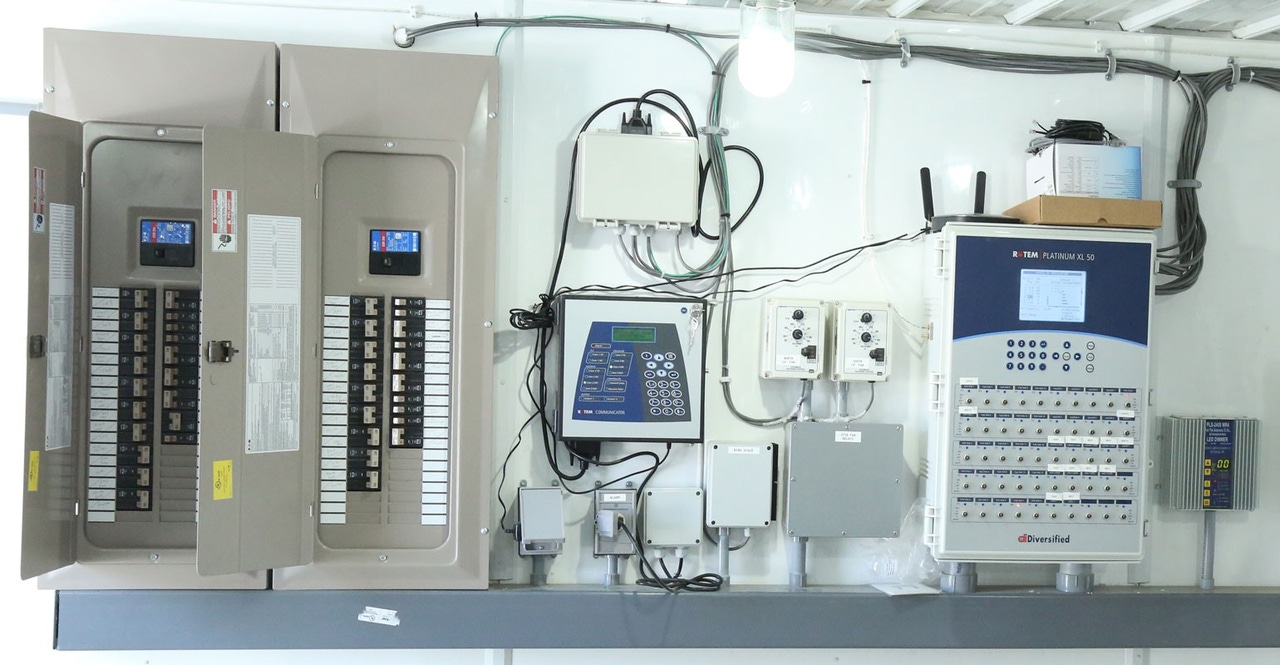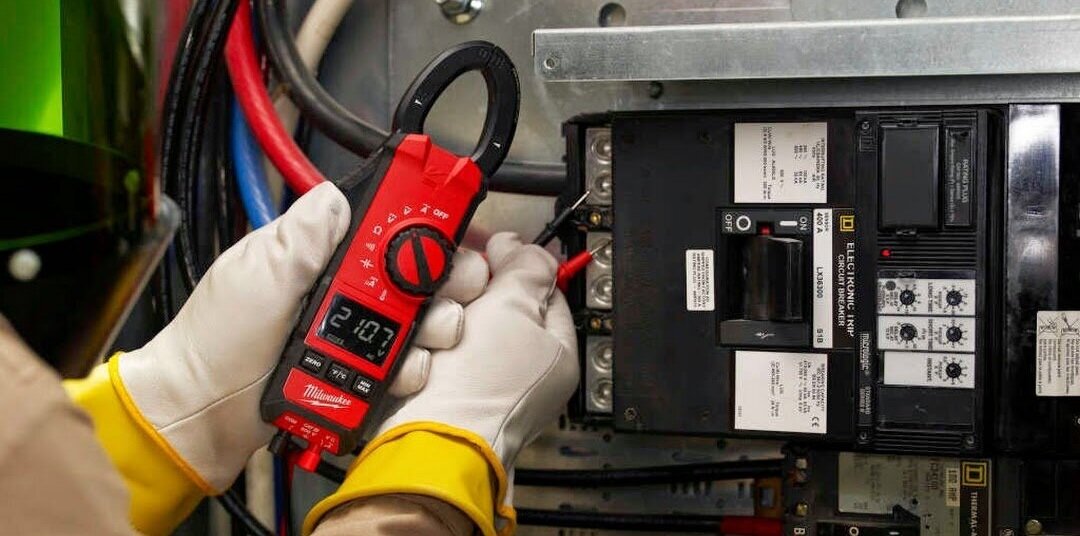Trusted regulatory compliance assistance services for peace of mind.
Trusted regulatory compliance assistance services for peace of mind.
Blog Article
Leading Tips for Effective Electric System Troubleshooting
Repairing electrical systems needs a systematic method, grounded in a comprehensive understanding of electric concepts and safety procedures. The nuances of effective troubleshooting prolong beyond mere technological expertise; understanding how to record findings and prioritize security can significantly influence results.
Understand the Fundamentals
Recognizing the essentials of electrical systems is vital for effective troubleshooting, as a strong structure permits service technicians to diagnose and fix issues much more efficiently. A detailed understanding of electric concepts, such as voltage, present, resistance, and power, is essential in determining the root triggers of issues. Voltage is the electric potential distinction that drives present with a circuit, while resistance opposes the flow of present, impacting the general capability of the system.
Familiarity with circuit components, including resistors, capacitors, diodes, and switches, is additionally extremely important. Each component plays a distinct role in circuit habits and can impact performance when malfunctioning. Additionally, comprehending series and parallel circuit setups is crucial, as these arrangements influence the circulation of voltage and existing within the system.
Specialists need to be aware of prospective hazards, such as shock and brief circuits, to execute risk-free troubleshooting practices. By grasping these foundational ideas, technicians improve their ability to conduct effective diagnostics and repair services, inevitably leading to improved performance and reliability of electrical systems (electrical system troubleshooting).
Gather Necessary Equipment
Efficient troubleshooting of electrical systems requires the right set of devices to diagnose and fix problems properly. A well-equipped service technician can significantly improve performance and efficiency in identifying troubles. Essential tools consist of a multimeter, which gauges voltage, current, and resistance, enabling exact assessments of electrical elements. Clamp meters are additionally useful for measuring current without separating the circuit, making certain safety and comfort.
In addition, shielded hand tools such as screwdrivers, pliers, and wire pole dancers are critical for safely controling electrical connections. It is likewise suggested to have a circuit tester on hand to verify the visibility of voltage in electrical outlets and cords. For more complex systems, a thermal imaging cam can help discover overheating elements, showing possible failures.

Follow an Organized Approach
Having gathered the proper devices, the following step in fixing electric systems is to follow a systematic strategy. A systematic technique makes sure that professionals can determine faults efficiently and precisely, lessening downtime and preventing unneeded repairs.
Begin by assessing the system's schematic representations and specifications. This involves monitoring each element systematically, beginning from the power source and working in the direction of the tons.
Use screening devices, such as multimeters and oscilloscopes, to collect objective data concerning voltage, current, and resistance at various factors within the system. This empirical proof will certainly lead your troubleshooting efforts and help to confirm or get rid of possible causes of failure.
Furthermore, consider environmental factors that might affect the system's efficiency, such as temperature level fluctuations or dampness access. A detailed assessment of wiring, connections, and components will guarantee that all opportunities are accounted for.
Paper Your Findings
Complete paperwork is crucial in the repairing procedure of electrical systems. This method not only aids in comprehending the origin reason of the trouble but also serves as a recommendation for future fixing efforts.

Additionally, keeping a log of components changed or fixings performed is invaluable. This details sustains supply management and can help assess the long life and integrity of certain parts.
Eventually, the paperwork procedure must be comprehensive yet concise, making it possible for simple access and review - electrical system troubleshooting. By focusing on comprehensive documentation, technicians can create a valuable understanding base that not just aids in current troubleshooting but also empowers future maintenance initiatives, therefore improving general system reliability

Prioritize Precaution
Identifying the intrinsic dangers connected with electrical systems is vital for ensuring safety throughout troubleshooting. Electric shock, burns, and devices damages are just a few of the prospective hazards that service technicians face. Prioritizing precaution is not only a legal commitment yet likewise an ethical essential that safeguards both the technician and the surrounding setting.
Before starting any type of troubleshooting task, service technicians ought to wear suitable personal safety devices (PPE), including shielded handwear covers, security glasses, and flame-resistant garments. Making certain that the workspace is completely dry and devoid of mess can considerably decrease the threat of accidents. Moreover, it is necessary to de-energize these details circuits before beginning any job, verifying that they are not endure making use of a multimeter or voltage tester.
Developing clear communication procedures with group members is also essential; this makes sure that everybody knows potential dangers and the condition of the electrical system being serviced. Having an emergency feedback strategy in area can confirm invaluable in the occasion of an occurrence. By focusing on precaution, technicians can properly mitigate risks and promote a safer workplace.
Conclusion
Effective electrical system troubleshooting counts on a comprehensive understanding of basic concepts and a methodical method. Prioritizing safety and security measures makes sure the wellness of people included and click for source the stability of the electric system.
Report this page